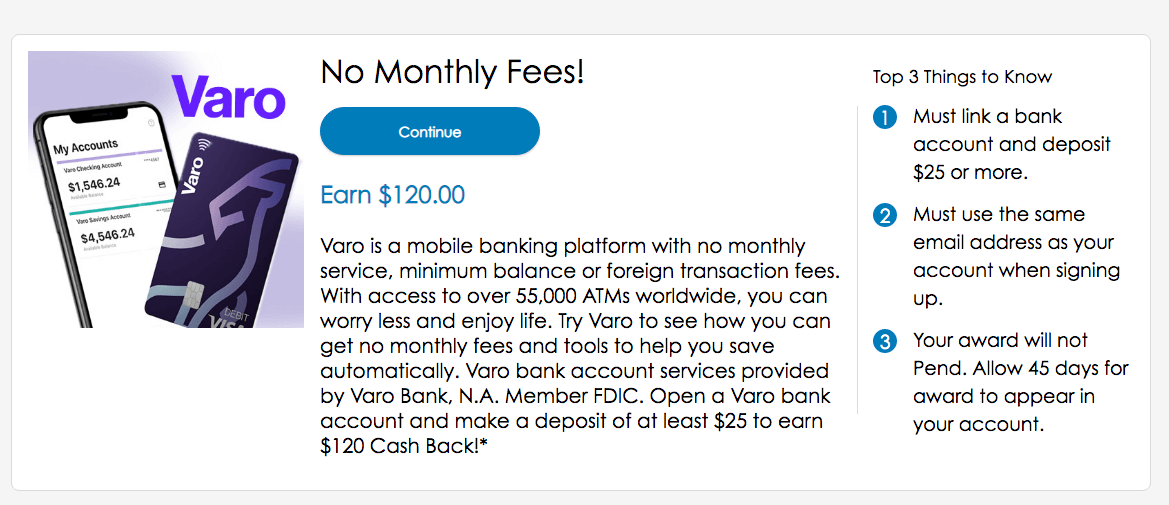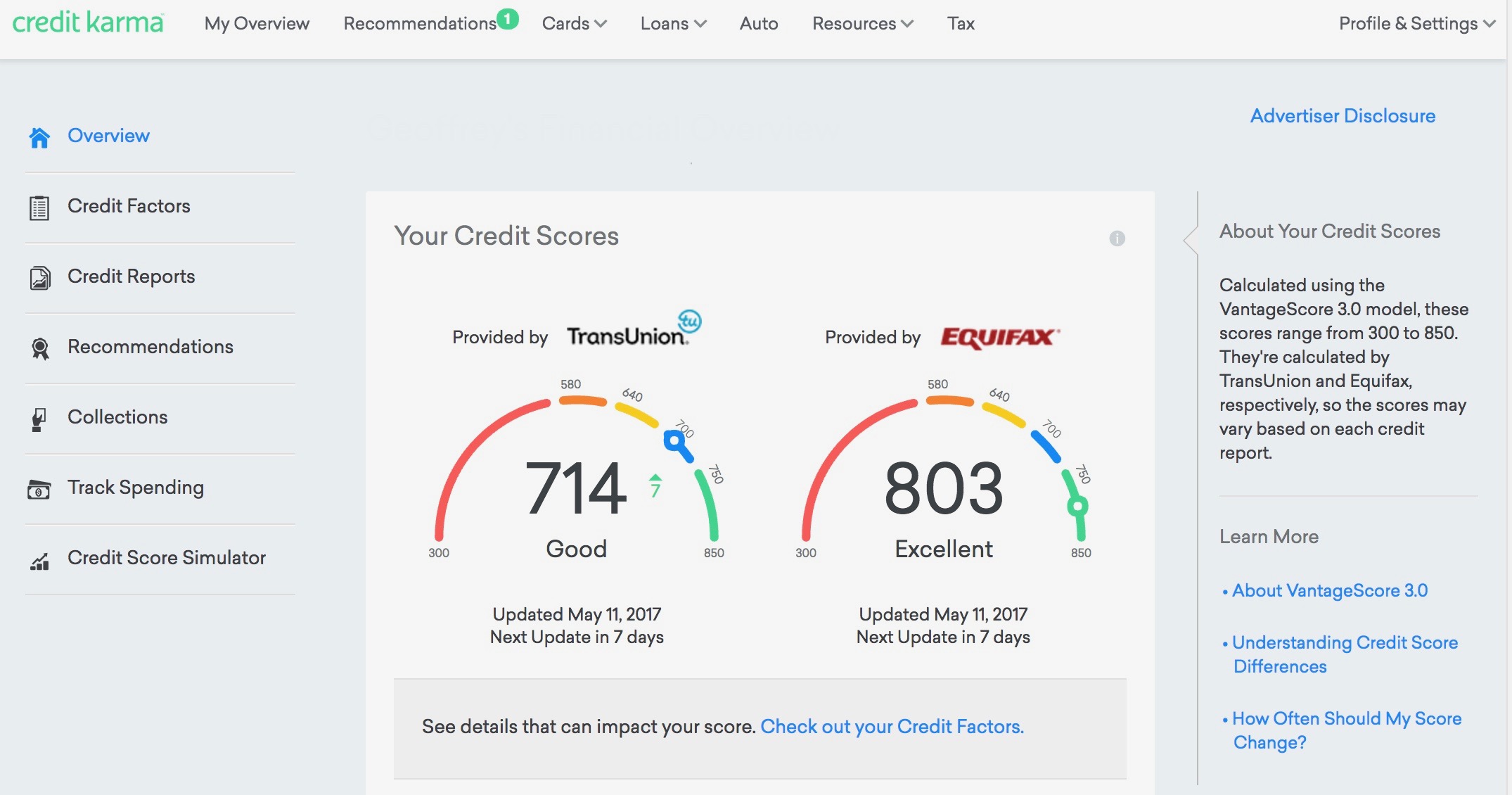Read this article to find the latest information about Difference Between Sba 7a And 504, all carefully summarized by us.

**Navigating the Labyrinth of SBA Loans: Understanding the Differences Between 7(a) and 504**
**Prologue: A Tale of Entrepreneurial Dreams Realized**
As a seasoned entrepreneur, I vividly recall the uncertainties and financial hurdles that accompanied the birth of my small business. The prospect of obtaining funding to fuel my aspirations seemed daunting, but I knew that perseverance and a thorough understanding of available resources were key. After much exploration, I stumbled upon the Small Business Administration (SBA), a beacon of hope for aspiring entrepreneurs like me.
Among the SBA’s diverse offerings, two loan programs, namely 7(a) and 504, stood out as potentially transformative for my venture. However, deciphering the intricacies of each program proved to be an enigmatic task. To shed light on this crucial matter, I embarked on a quest for knowledge, consulting with industry experts, poring over informative resources, and delving into the experiences of fellow entrepreneurs. Today, I share with you the fruits of my research, providing a comprehensive guide to the intricacies of SBA 7(a) and 504 loans.
**SBA 7(a) Loans: Empowering Entrepreneurs with Direct Funding**
The SBA 7(a) loan program serves as a cornerstone of SBA’s lending portfolio. It provides direct financing to small businesses, offering a range of loan options tailored to meet diverse needs. 7(a) loans can be utilized for various business purposes, including working capital, equipment purchases, inventory expansion, and even real estate acquisition. One of the key advantages of 7(a) loans is their versatility, enabling businesses to access funding for a wide spectrum of growth-oriented initiatives.
**SBA 504 Loans: Fostering Economic Development through Indirect Funding**
In contrast to the direct financing model of 7(a) loans, the SBA 504 loan program operates through a partnership between the SBA, Certified Development Companies (CDCs), and participating lenders. Under the 504 program, CDCs issue loans to small businesses, which are then guaranteed in part by the SBA. This collaborative approach fosters economic development by stimulating investment in underserved communities and encouraging job creation. 504 loans are primarily used for the purchase of fixed assets, such as real estate, buildings, and major equipment.
**Unveiling the Key Distinctions: A Comparative Analysis**
To fully grasp the differences between SBA 7(a) and 504 loans, a comparative analysis is essential. Here are the key aspects that set these programs apart:
- Funding Source: 7(a) loans offer direct funding from the SBA, while 504 loans are disbursed through a partnership involving CDCs and participating lenders.
- Loan Amount: 7(a) loans typically range from $50,000 to $5 million, whereas 504 loans offer a broader funding spectrum, with amounts ranging from $50,000 to $5.5 million for equipment financing and $500,000 to $20 million for real estate projects.
- Purpose: 7(a) loans are suitable for a diverse range of business purposes, including working capital, inventory, equipment purchases, and real estate acquisition. 504 loans are primarily tailored towards the purchase of fixed assets, such as land, buildings, and equipment.
- Interest Rates: Both 7(a) and 504 loans offer competitive interest rates, which vary depending on the loan amount, term, and prevailing economic conditions.
- Loan Terms and Fees: 7(a) loans typically have shorter repayment terms, ranging from 5 to 10 years, compared to 504 loans, which offer longer terms, extending up to 25 years for real estate projects and 10 years for equipment financing. In terms of fees, 7(a) loans generally involve higher upfront fees, while 504 loans may involve ongoing annual servicing fees.
- Equity Requirements: 7(a) loans typically require a personal guarantee from the business owner, while 504 loans may require the business to contribute up to 10% of the project costs as equity.
- Collateral: Both 7(a) and 504 loans typically require collateral, which can include real estate, equipment, or other eligible assets.
**Navigating the Evolving Landscape: Embracing Innovative Trends and Developments**
The SBA lending landscape is constantly evolving, with both 7(a) and 504 loan programs undergoing continuous enhancements and updates. Here are some key trends and developments that are shaping the future of SBA financing:
- Increased Focus on Underserved Communities: The SBA is prioritizing outreach to underserved communities, recognizing the transformative potential of small businesses in fostering economic equity and inclusion.
- Expansion of Loan Options: The SBA is continually exploring new loan products and programs tailored to meet the diverse needs of small businesses. These innovative offerings provide alternative financing solutions for entrepreneurs in various industries and sectors.
- Simplified Application Process: The SBA is actively working to streamline the application process for both 7(a) and 504 loans, making it easier for small businesses to access funding.
- Enhanced Technology Integration: The SBA is leveraging technology to enhance its loan application, processing, and servicing capabilities, providing a more efficient and user-friendly experience for borrowers.
**Expert Advice and Tips: Unlock the Gateway to Funding Success**
As you embark on the journey of securing SBA financing, it’s invaluable to seek guidance from experts and glean insights from those who have successfully navigated the process. Here are some tips to help you maximize your chances of success:
- Define Your Funding Needs: Before applying for any SBA loan, clearly define your specific funding needs. This will help you identify the most suitable loan program and tailor your application accordingly.
- Build a Solid Business Plan: A well-crafted business plan serves as the cornerstone of your loan application. It should showcase the potential of your business, outlining your financial projections, marketing strategies, and competitive advantage.
- Strengthen Your Credit Profile: Maintain a strong credit score to enhance your eligibility for SBA loans. Lenders place a significant emphasis on the creditworthiness of both the business and the individual borrower.
- Secure Collateral: To improve your chances of obtaining an SBA loan, secure sufficient collateral to back your loan request. This collateral can include real estate, equipment, or other eligible assets.
- Seek Professional Guidance: Consider seeking advice from an experienced business advisor or lender who specializes in SBA financing. They can provide valuable insights and help you navigate the complex loan application process.
**FAQ: Illuminating Common Queries on SBA 7(a) and 504 Loans**
-
Q: What are some common reasons for SBA loan denial?
A: Denial of SBA loans can stem from various factors, including incomplete applications, insufficient collateral, unfavorable credit history, and business plans that lack viability.
-
Q: How long does the SBA loan application process typically take?
A: The SBA loan application process can vary in duration, depending on the complexity of the loan request and the efficiency of the lender and CDC involved. However, most applications take several months to process.
-
Q: What are the ongoing responsibilities of an SBA loan borrower?
A: Borrowers are required to make timely loan payments, submit periodic financial reports, and maintain insurance on any collateral pledged for the loan. Additionally, they may be subject to ongoing audits and inspections.
-
Q: What are the potential consequences of defaulting on an SBA loan?
A: Defaulting on an SBA loan can lead to a range of negative consequences, including damage to your credit score, seizure of collateral, and legal action.
-
Q: How can I find an SBA-approved lender or CDC?
A: You can locate SBA-approved lenders and CDCs through the SBA’s online Lender Match tool or by contacting the SBA directly.
**Conclusion: Unlocking Financial Empowerment**
The SBA 7(a) and 504 loan programs offer a lifeline to small businesses across America, providing the financial fuel they need to thrive and drive economic growth. To determine which program aligns best with your entrepreneurial aspirations, carefully consider the purpose of your loan, the desired amount, your financial situation, and the specific requirements of each program.
The information presented in this article is intended to arm you with the knowledge and tools necessary to embark on a successful SBA loan application. By leveraging this expertise, you can unlock financial empowerment for your business and witness the transformative possibilities that SBA financing can unleash.
Are you enthusiastic about exploring the realm of SBA loans and unlocking the potential of your small business? Share your thoughts and experiences in the comments section below!

Image: cdcloans.com
Thank you for reading Difference Between Sba 7a And 504 on our site. We appreciate your visit, and we hope you benefit from Difference Between Sba 7a And 504.
 Vikipedi.org Trusted Information and Education News Media
Vikipedi.org Trusted Information and Education News Media



